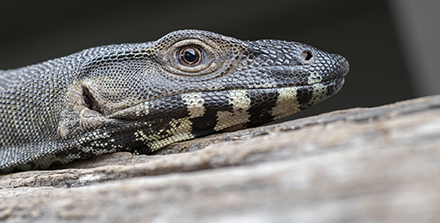VicForests has praised the important role “citizen scientists’’ play in its harvesting planning. “Like everyone, we care about protecting our precious flora and wildlife in our native forests,” VicForests CEO Monique Dawson said. Source: Timberbiz.
“That’s why before any harvesting we incorporate information from the Department of Environment, Land, Water and Planning (DELWP) Forest Protection Survey Program or conduct our own targeted surveys for threatened species.
“For example, before harvesting in Sturt and Flinders coupes in Alberton West State Forest, more than 10 surveys were conducted, including extensive surveys for threatened species, by VicForests and DELWP.”
As a result of those surveys, VicForests says it has only harvested 8.6 hectares of the 18.3-hectare Sturt coupe and plans to harvest only 29.9 hectares of the 37.5-hectare Flinders coupe.
“In Sturt coupe – which we have just finished harvesting – 40% of the coupe was completely untouched and the rest of the coupe was harvested using a thinning system,” Ms Dawson said. “As a result, 76% of the trees in the coupe were retained.”
Feedback from citizen scientists in making these decisions, including feedback on their sightings of the Lace Monitor lizard or tree goanna, helped inform VicForests harvesting plan in Alberton West.
Citizen scientists wanting to provide information can submit their information to DELWP.
Guidelines and how to submit a timber harvesting or threatened species report can be found at: www.vic.gov.au/forest-reports
Confirmed sightings will also be included in the Victorian Biodiversity Atlas.
“DELWP is responsible for providing regulatory oversight to ensure that timber harvesting and associated activities are planned and conducted in our State forests in accordance with the environmental regulatory framework, and as such they pass all relevant information to us at VicForests to ensure we protect wildlife when harvesting,” Ms Dawson said.
“Anyone can report the detection of threatened species in timber harvesting areas to DELWP’s Forests Reports or directly to VicForests,” she said.
“We will always give consideration to any reports of threatened species provided to VicForests.
So, I would encourage our citizen scientists who have detected threatened species in timber harvesting areas to report their findings.”








